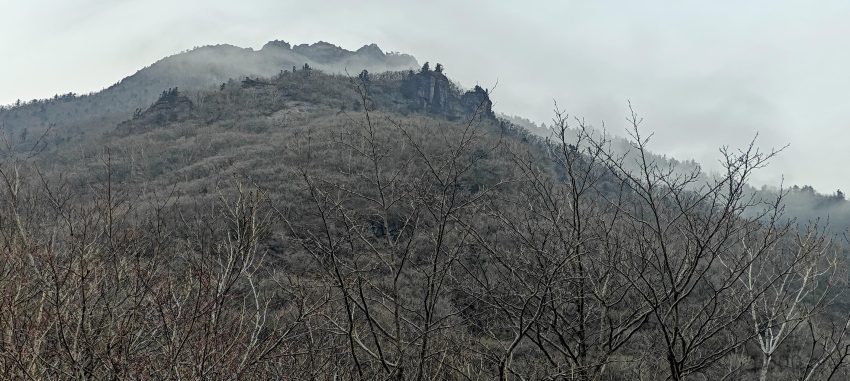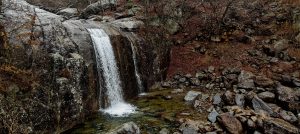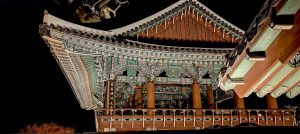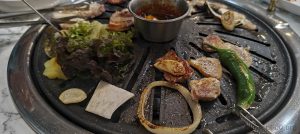Embarking on our journey on March 24th, 2024, Ricard, Denise, and I set out on the adventure of ascending Jiri-san, locally known as Cheonwangbong. Because, really, what better way to spend a serene Sunday than challenging gravity and pushing our limits? Standing tall at 1915 meters, with a prominence of 1695 meters that dwarfs most, and isolated by 245 kilometers, Jiri-san is no ordinary hill. It reigns as the titan of Jirisan National Park, enticing us primarily for being the highest ultra-prominent peak in mainland South Korea. After all, why settle for anything less than the most formidable? Oh, and for me, it also happens to be the easternmost ultra peak to date.
Our escapade didn’t kick off at Jiri-san’s foothills but rather in the deluxe backseat of a taxi heading from Jinju to Jirisan National Park—because what’s more adventurous than journeying with air conditioning? Following a dynamic haggle and a dash of Google Translate magic, we clinched a deal for around 60,000 Korean won (about 41 EUR), a shrewd move considering the notorious bus schedule and the distance exceeding 40 kilometers. This strategy, ultimately costing us an extra 5,000 won, proved to be a clever time-saving hack, granting us precious extra hours for our adventure.
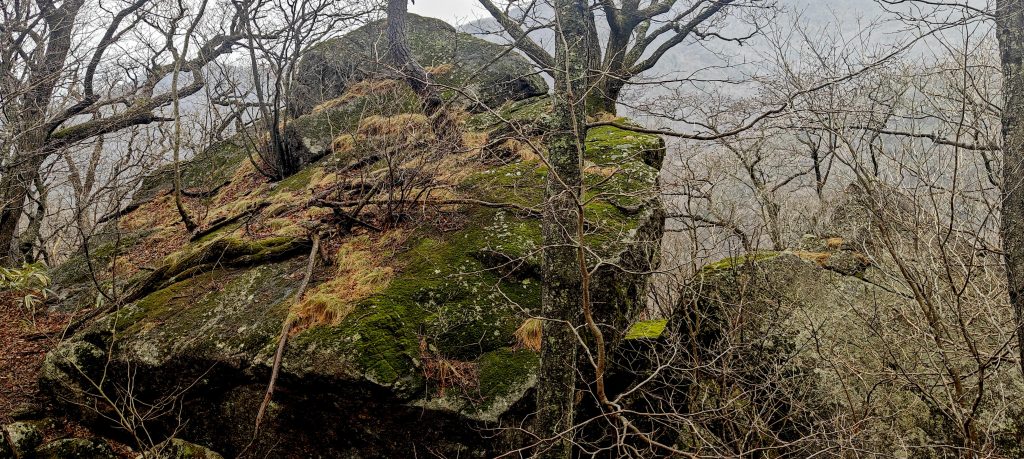
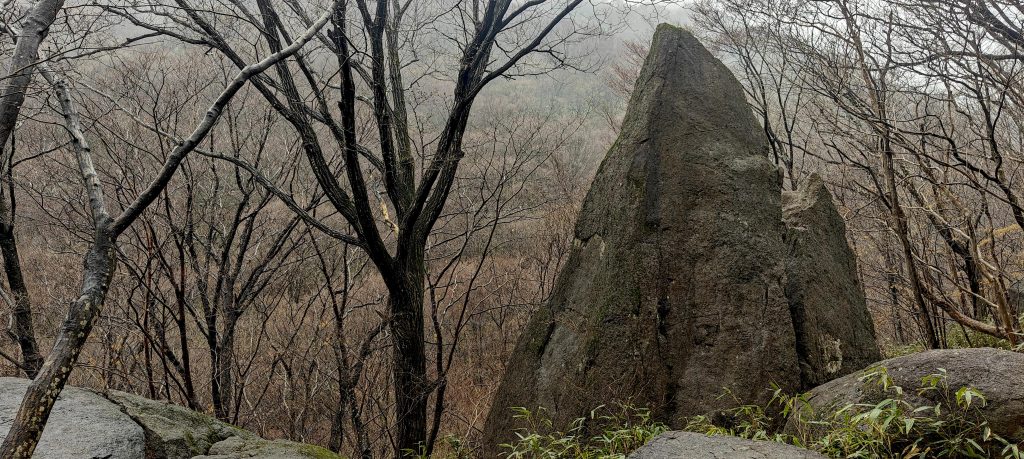
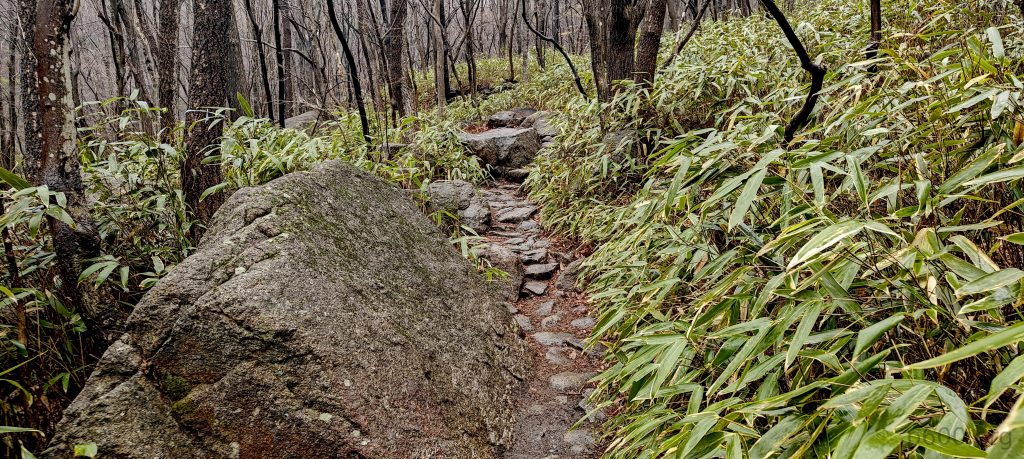
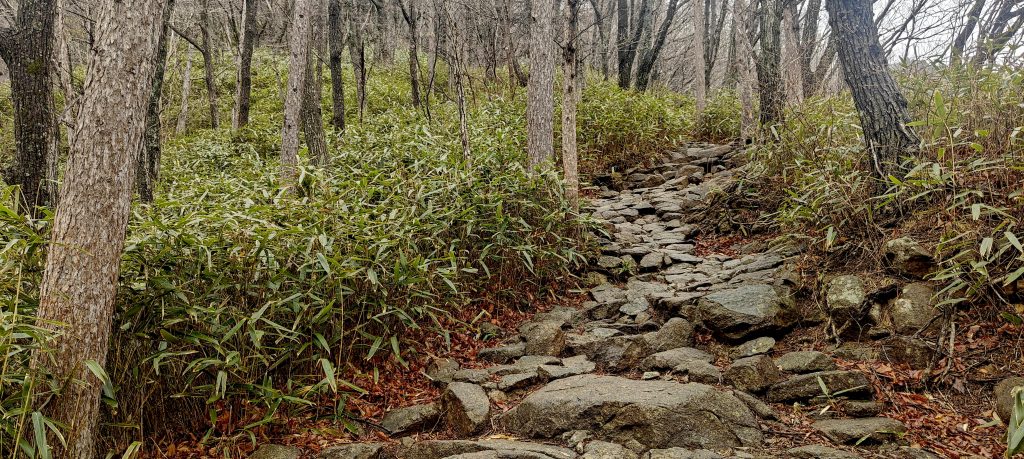
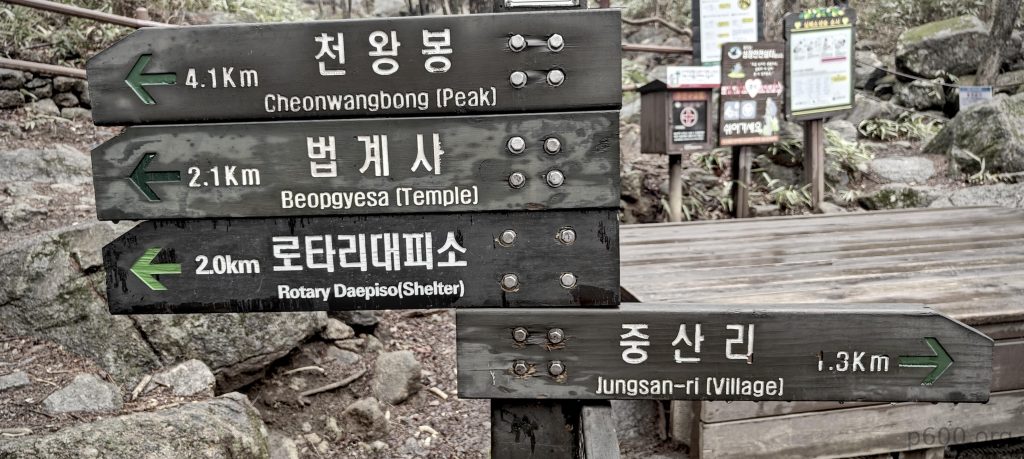
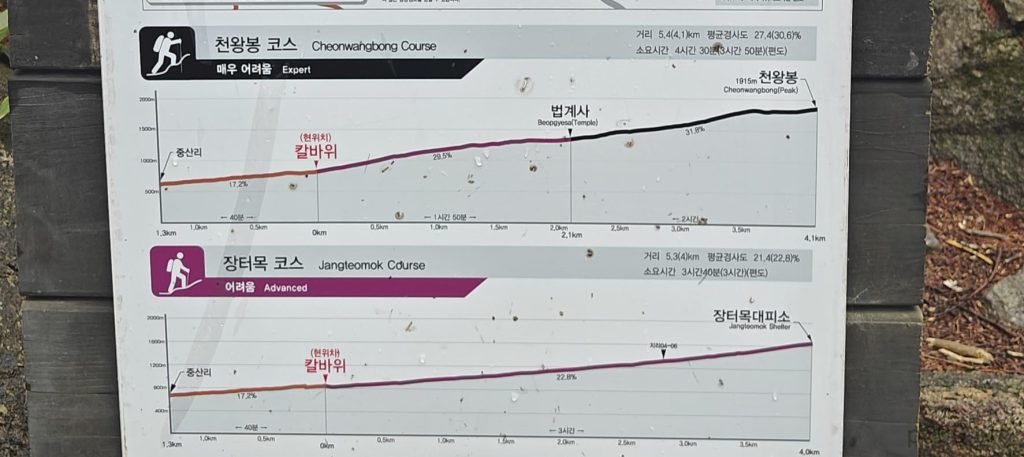
Embraced by the park’s immense natural beauty and bamboo forests bidding us farewell with a teasing sway, we confronted the trail ahead. Despite the enveloping fog, clouds, and relentless drizzle, the allure of our surroundings remained undeniable. The path, a meticulously maintained fusion of stone steps and wooden bridges, guided us to a campsite equipped with rental gas stoves and possible accommodation, though we opted to push forward. Welcomed by a chipmunk at the temple entrance above the shelter, we proceeded along the trail, admiring the climb’s effortless nature thanks to the well-established infrastructure.
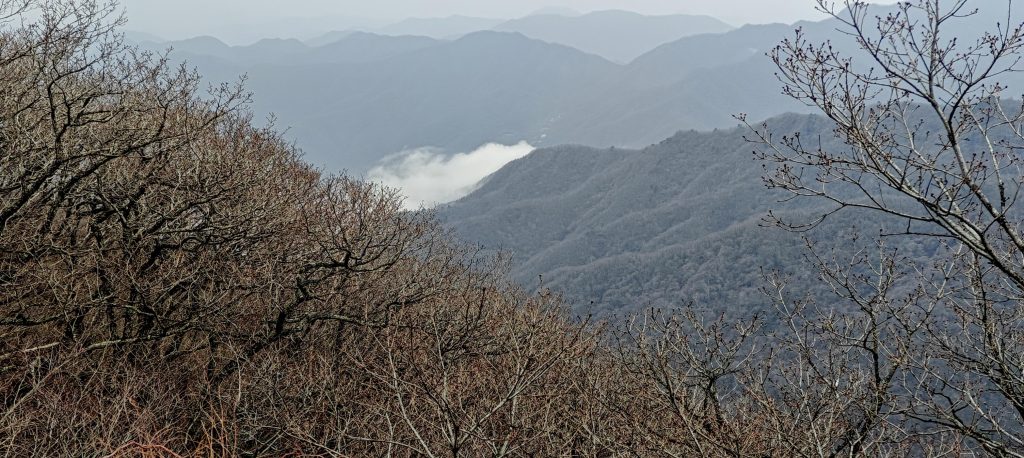

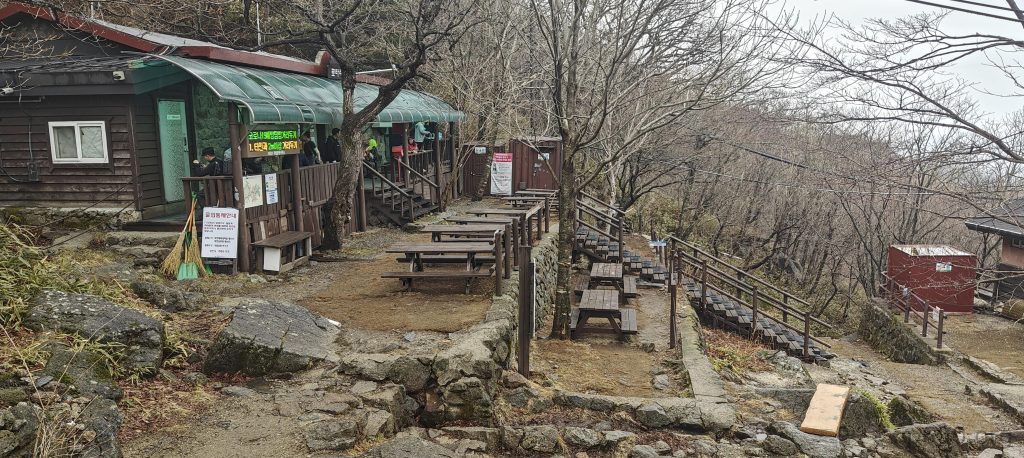
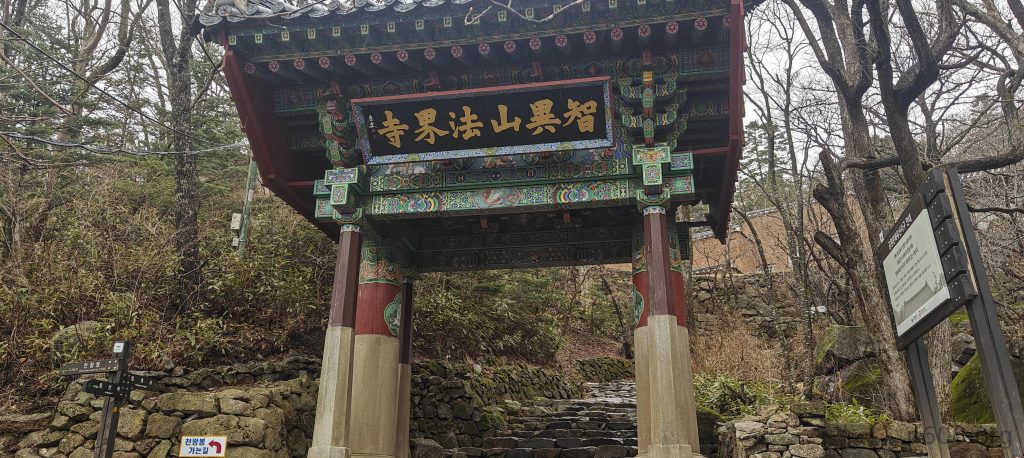
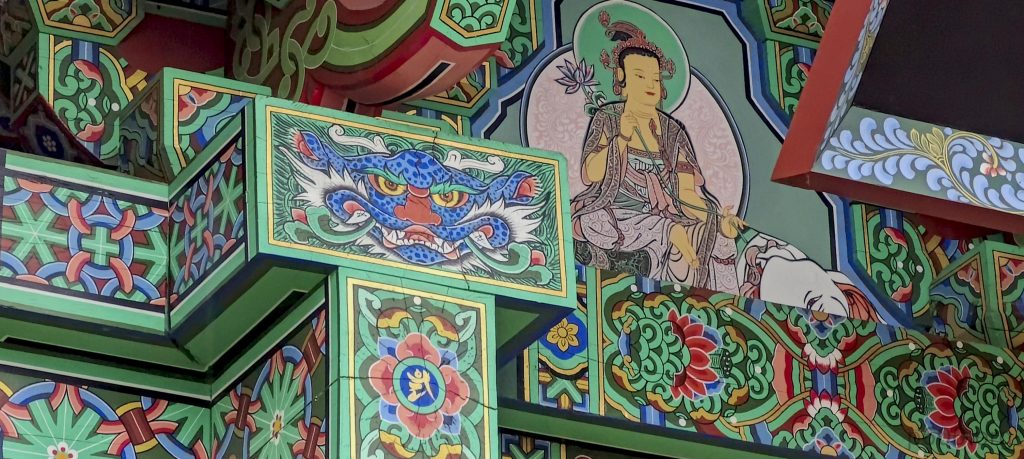
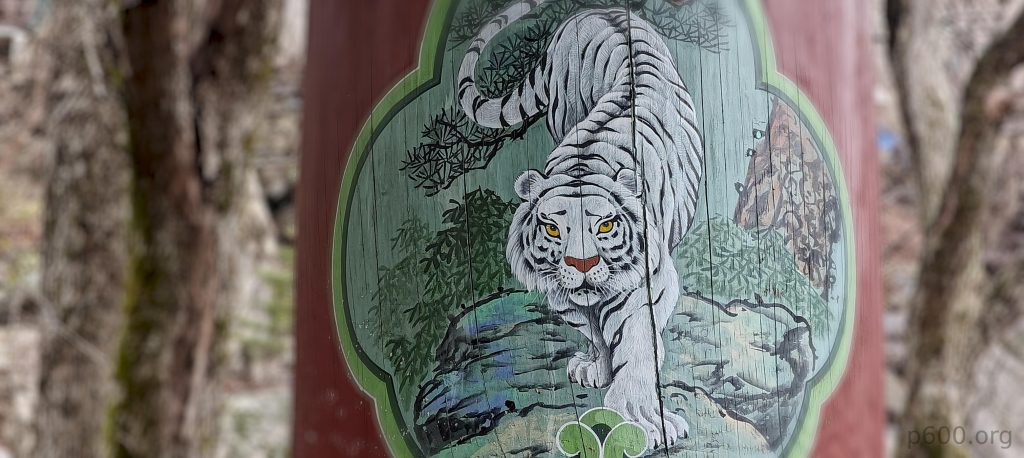
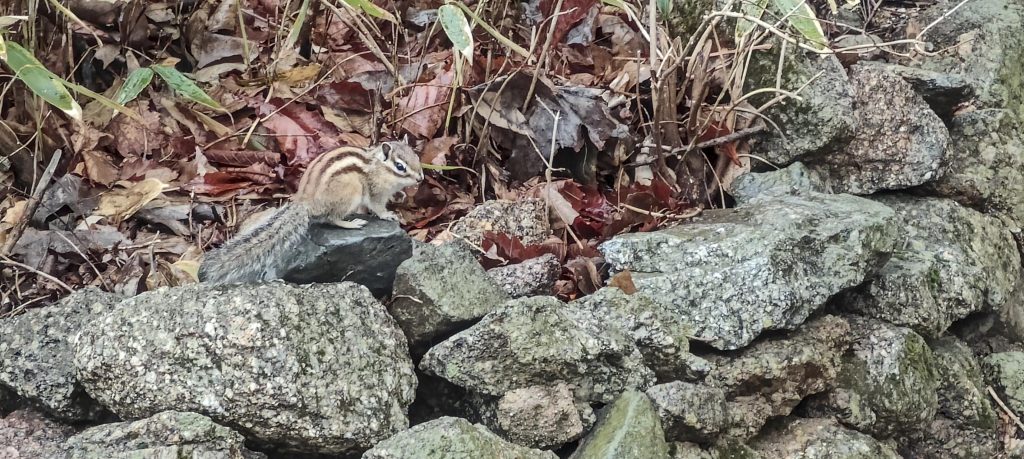
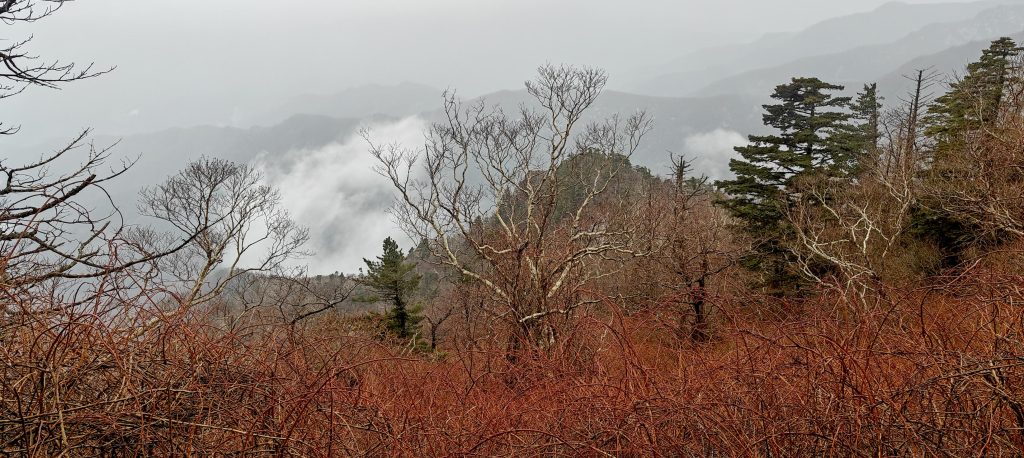
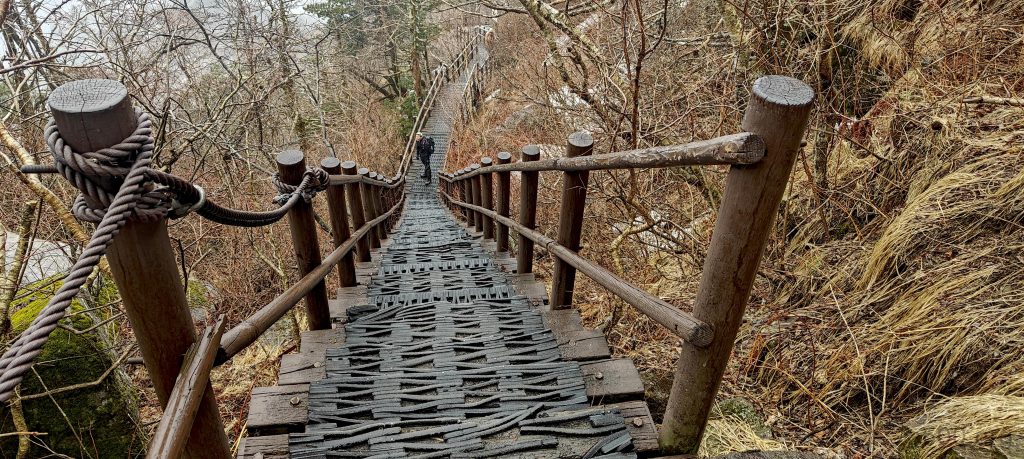
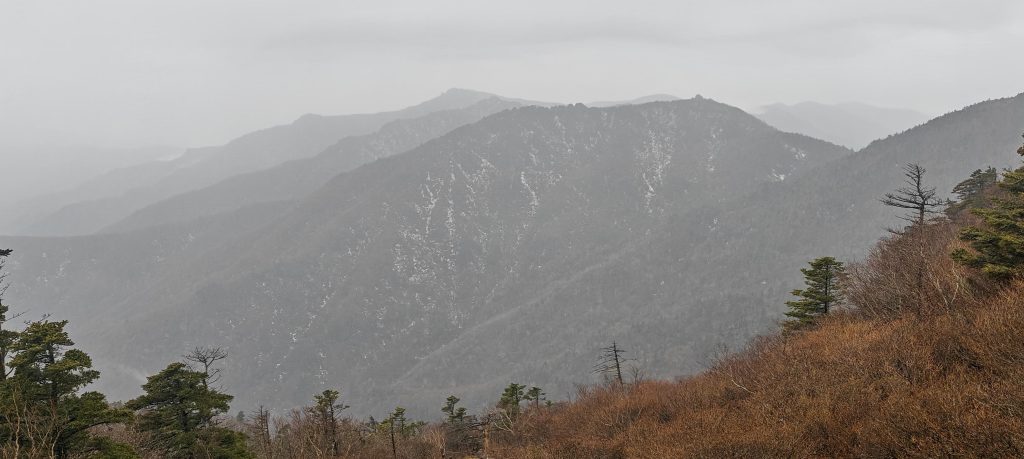
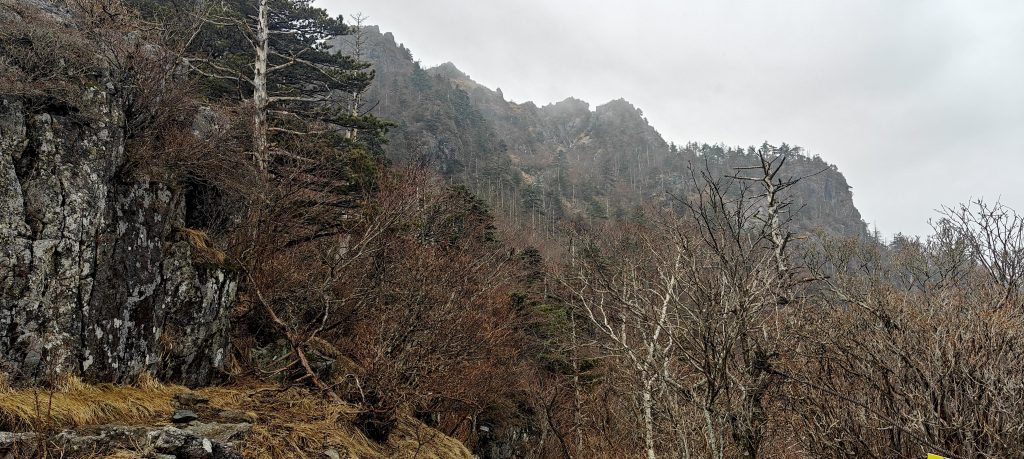
Reaching the summit proved to be less solitary than anticipated, as several others joined us in celebrating the moment. While an official stone marked the designated high point, the true peak—a natural outcrop—sat a few meters to the west, humble yet unmistakable in its presence.
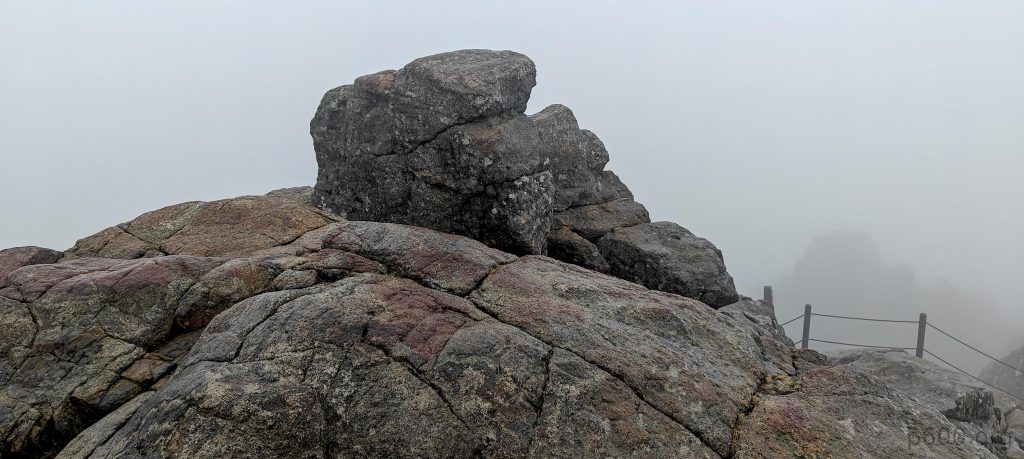
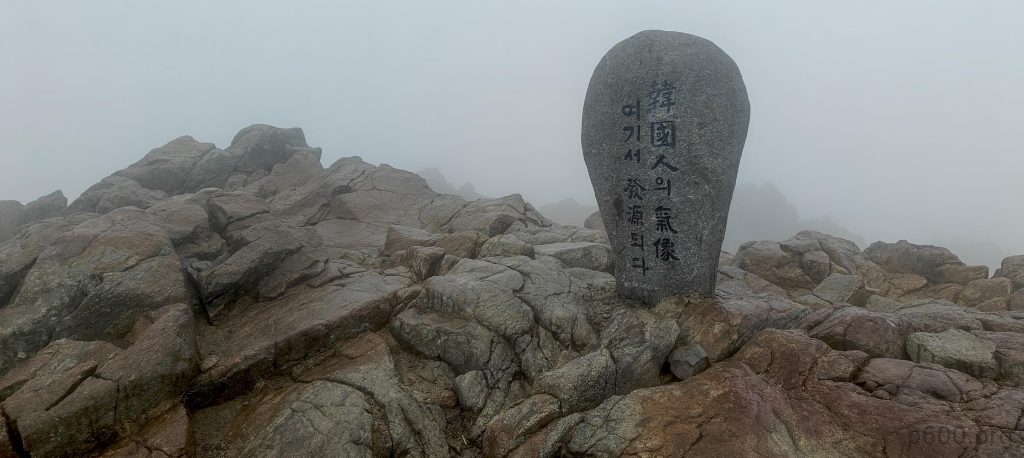
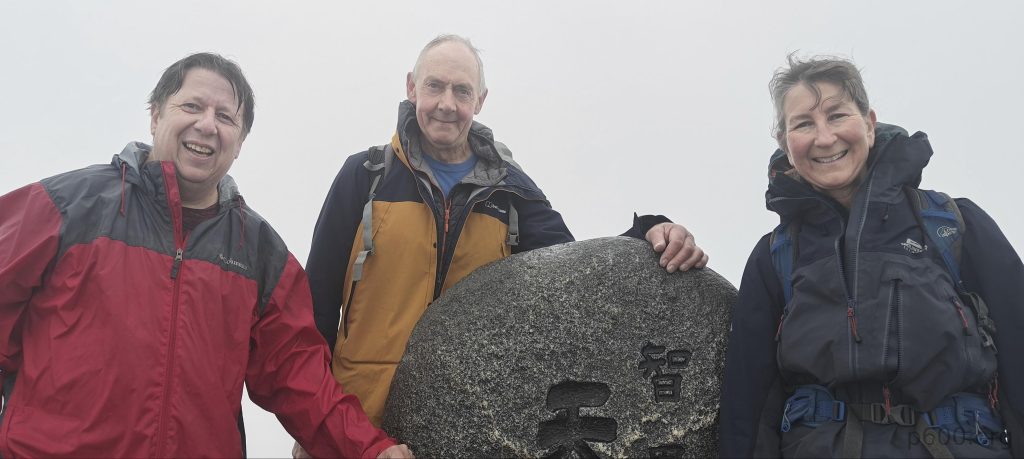
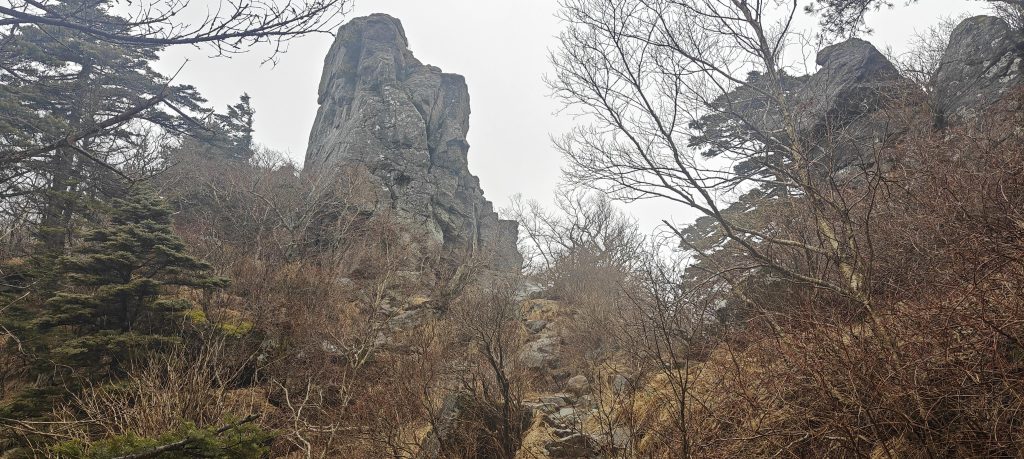
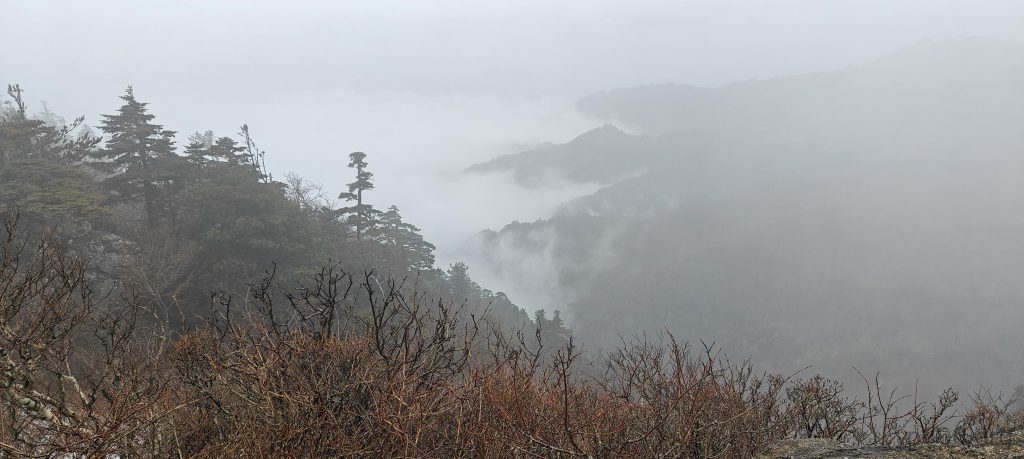
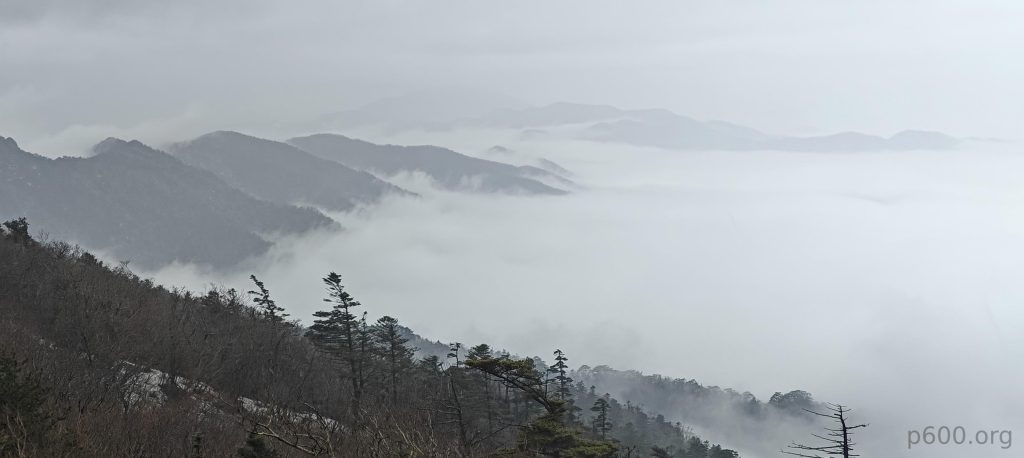
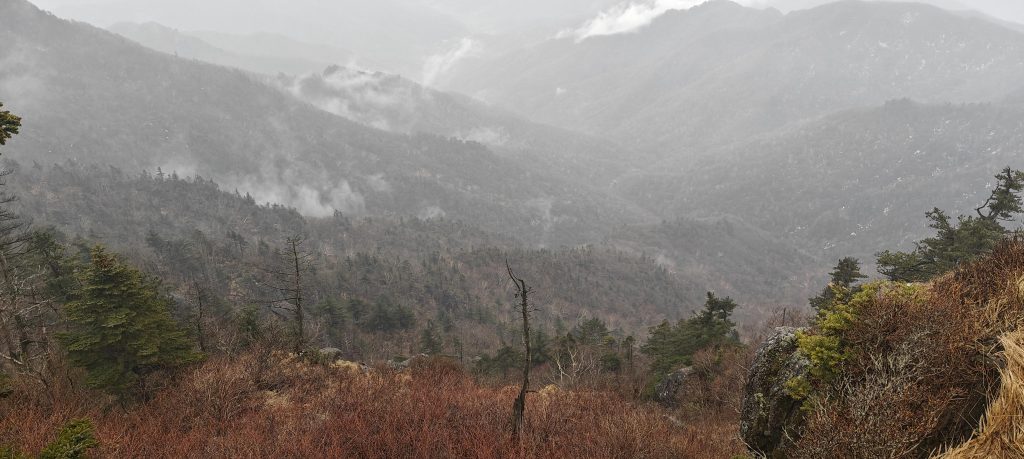
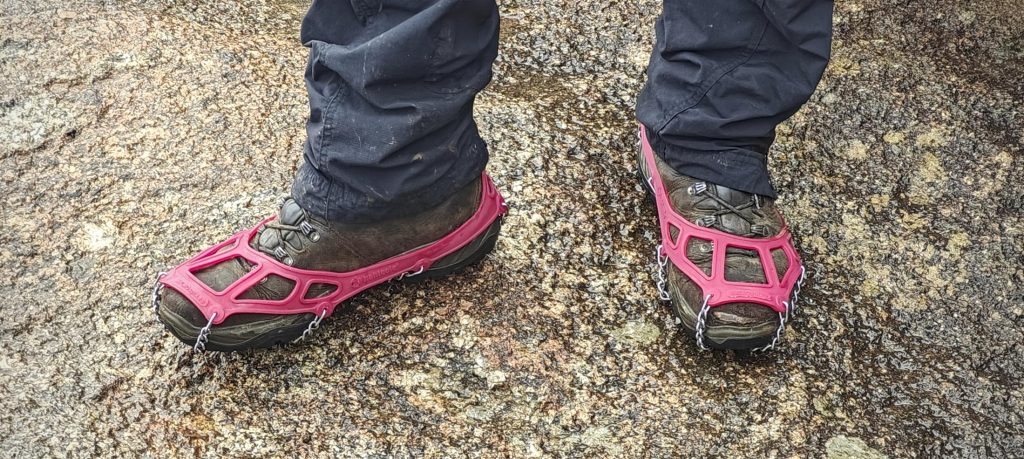
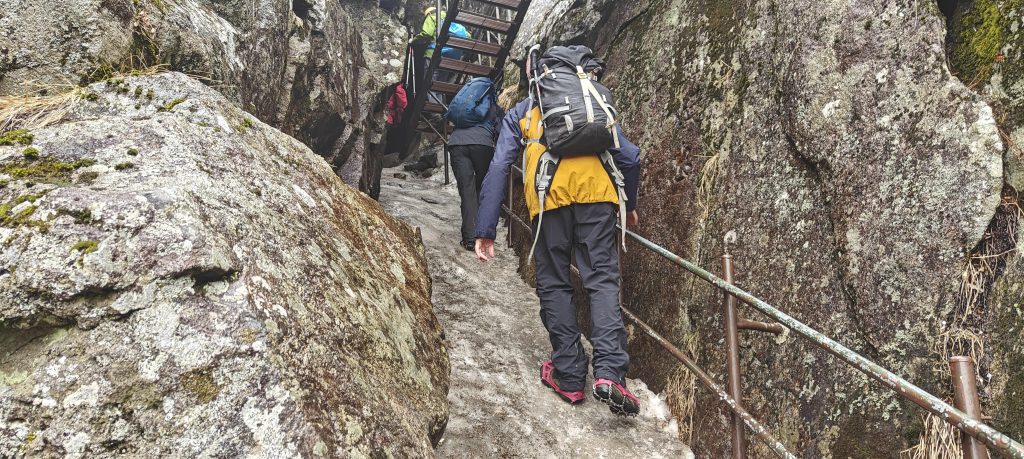
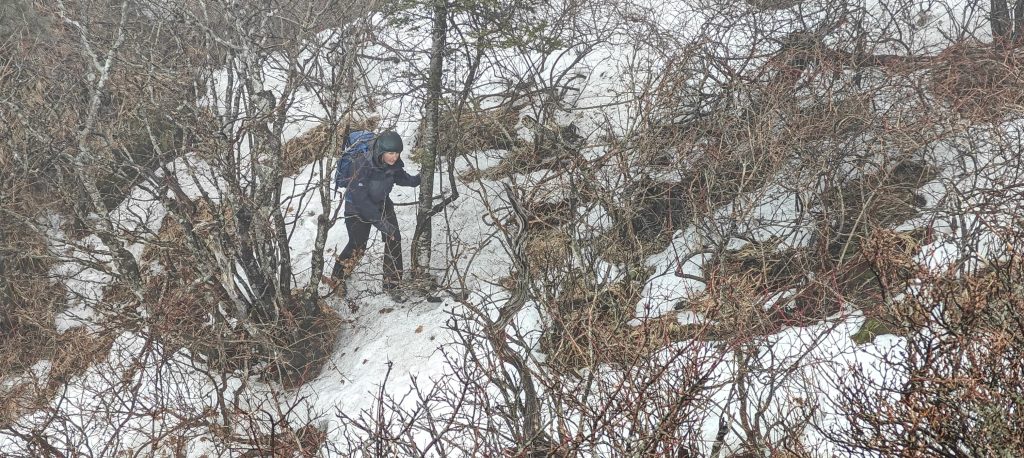
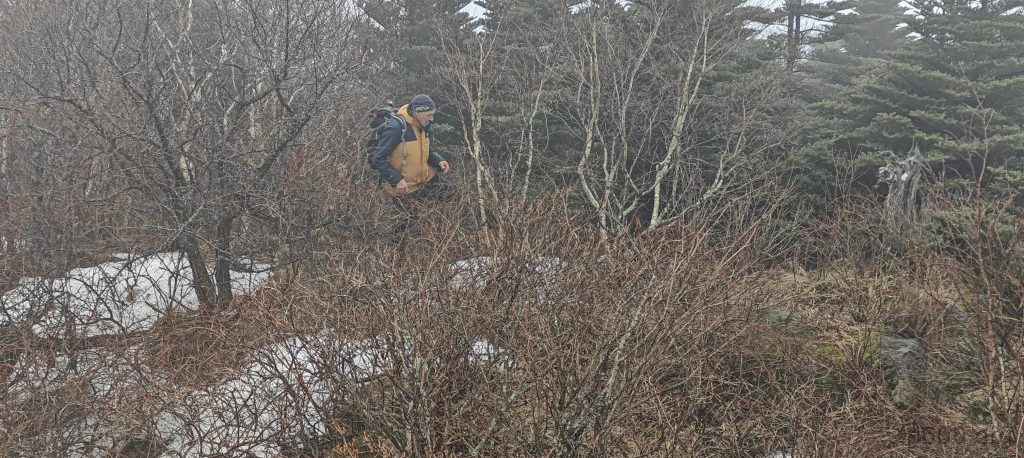
Choosing to complete a loop back, we descended along the western trail, passing by another hut and seizing the chance to conquer Joseok-bong P46. Though this detour demanded a short bushwhack, the rewards were ample. As we descended towards the Jangteomok Shelter, we once more appreciated the amenities available for hikers keen on preparing a meal.
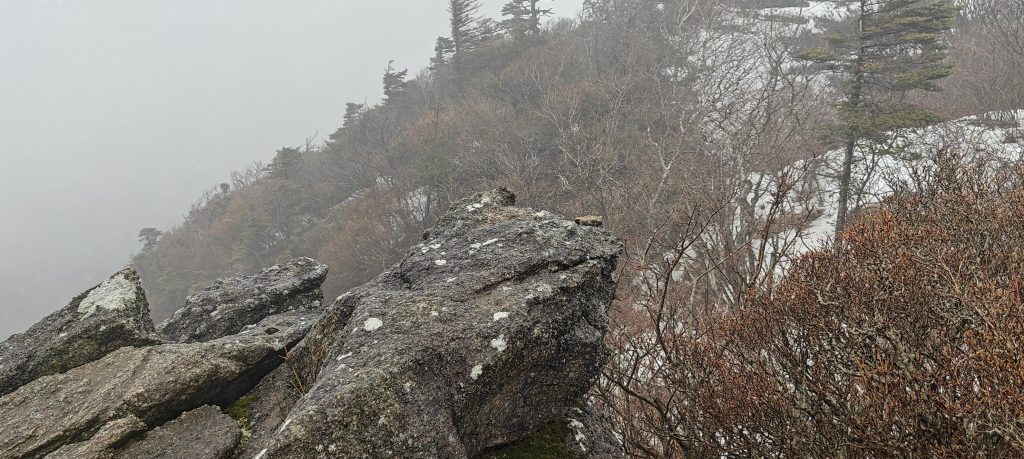
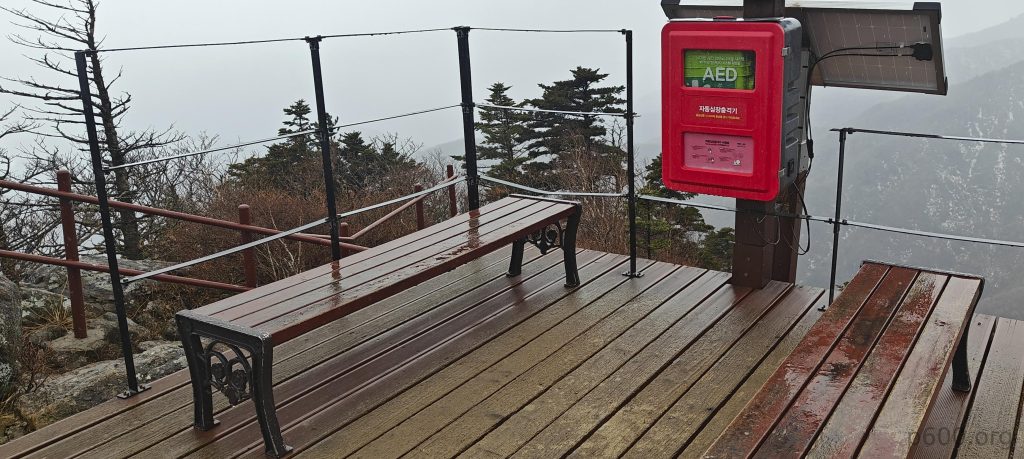
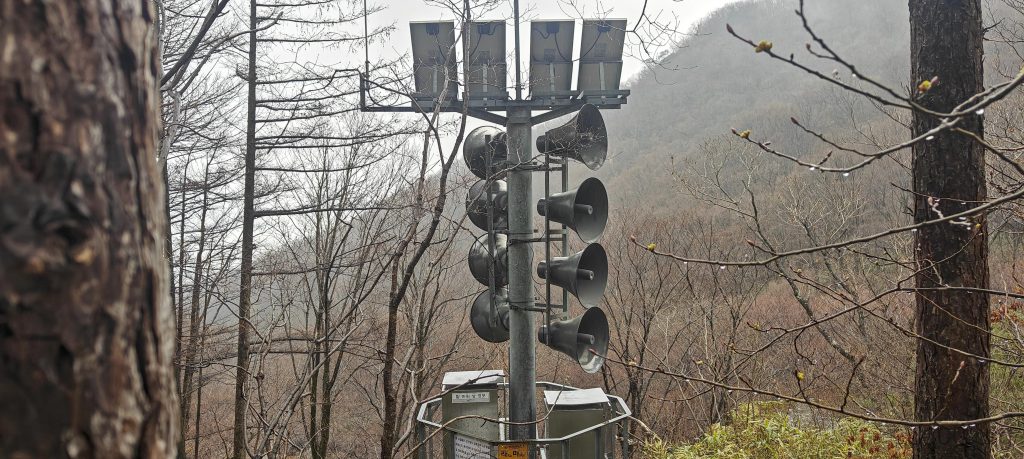
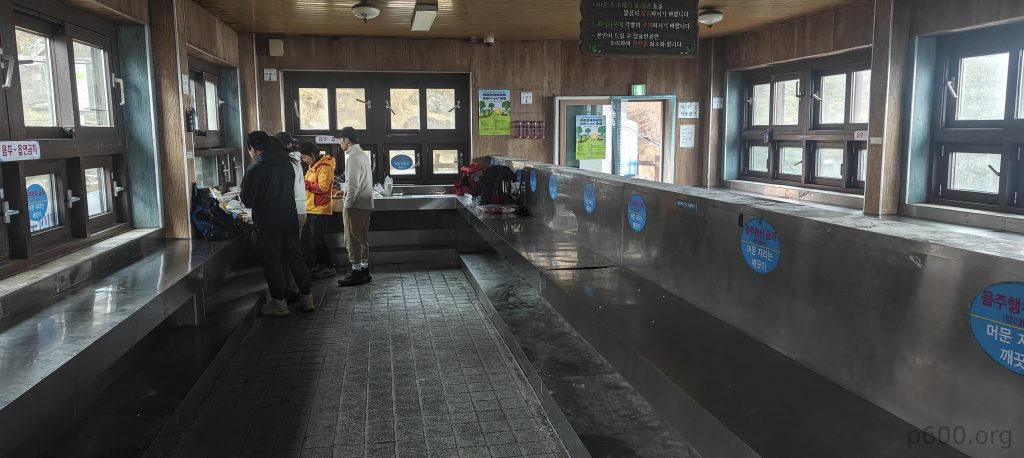
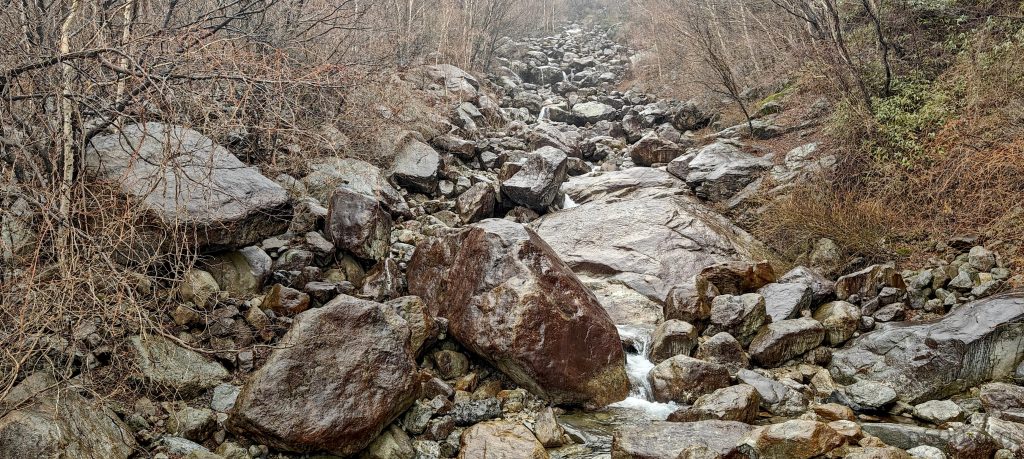
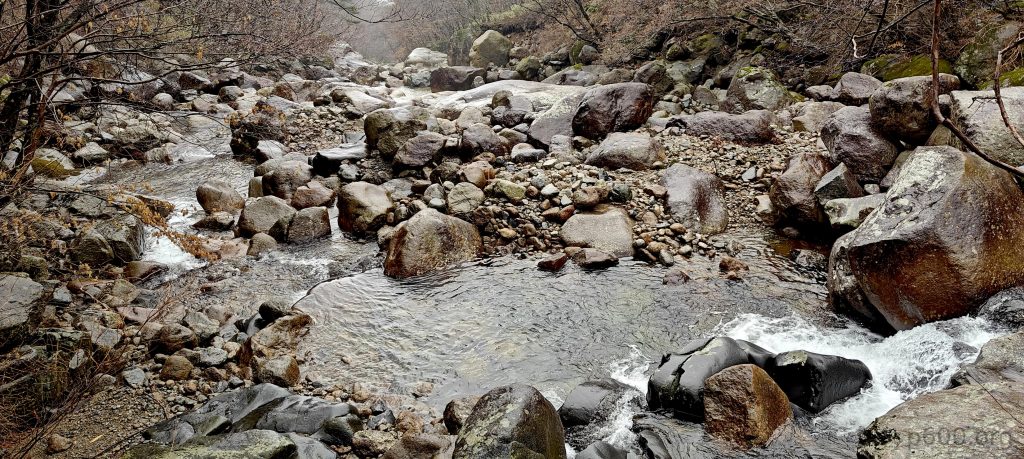
The return trail, characterized by hanging bridges and rugged terrain requiring careful footing, guided us back to our taxi drop-off point. As we made our final approach to Jungsan-ri village, we were pleasantly surprised to spot a bus bound for Jinju. With approximately 25 minutes to spare, it was the perfect opportunity to grab coffee and snacks from a nearby shop.
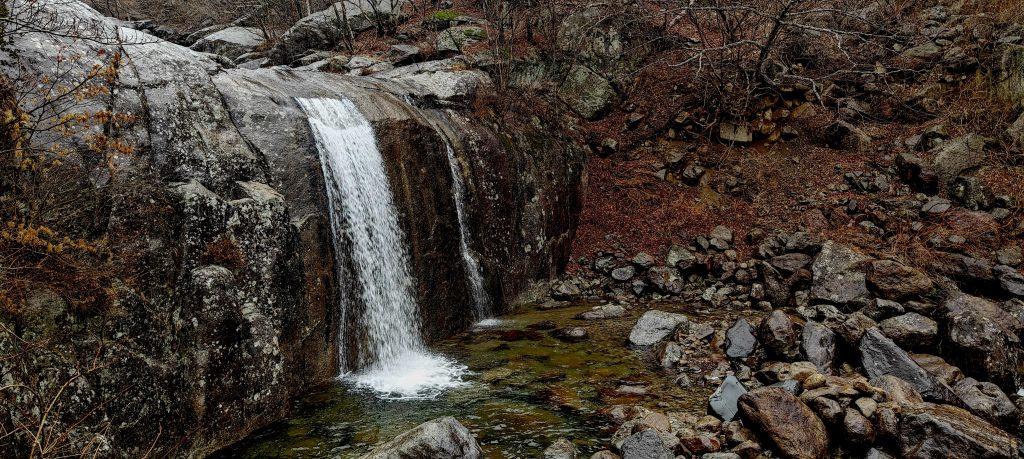
As I reflected on the day, it was a remarkable hike along a meticulously maintained trail, ticking off yet another ultra-prominent peak. While Denise and Richard embarked on their journey to conquer Halla-san in Busan and then Jeju-do, I eagerly anticipated my return trip to Seoul, then Frankfurt, and finally Vilnius. Next on my agenda: exploring the ultra-prominent peaks of the Canary Islands. It struck me as odd that I hadn’t tackled them until now.
